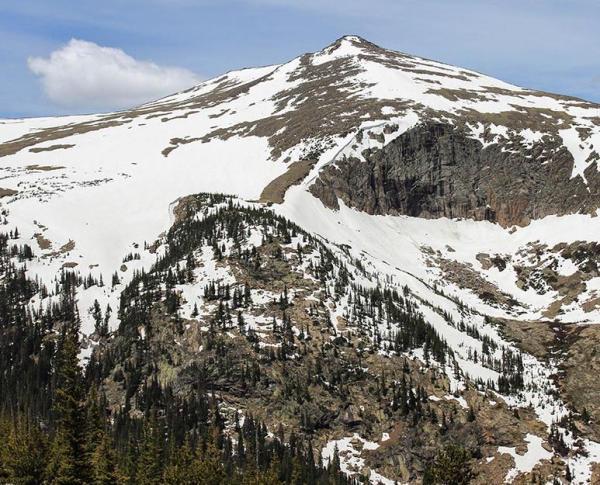Snow Drought
The impacts of snow drought are widespread, affecting ecosystems, reservoir levels and operations, water resource management, tourism, and winter recreation.
What Is Snow Drought?
According to the AMS Glossary of Meteorology, snow drought occurs when there is a period of abnormally low snowpack for the time of year in question. Snow drought is described as either dry or warm, depending on whether the drought is a result of below-normal cold-season precipitation (dry) or a lack of snow accumulation despite near-normal precipitation, usually as a result of warm temperatures that cause precipitation to fall as rain rather than snow or an unusually early snowmelt (warm).
Snowpack typically acts as a natural reservoir, providing water throughout the drier summer months. Lack of snowpack storage, or a shift in timing of snowmelt from that reservoir, can be a challenge for drought planning.
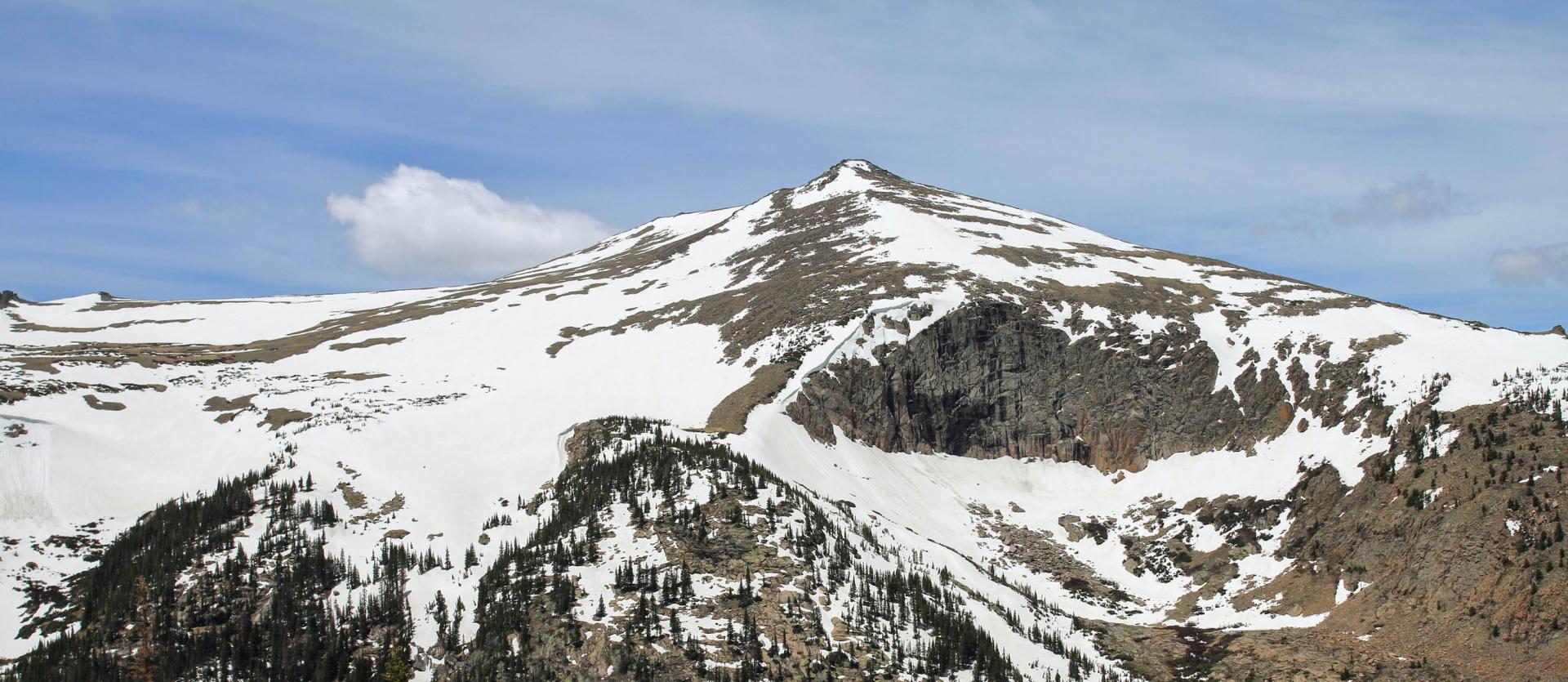
The Importance of Snowpack
In winter, precipitation that falls as snow in mountainous regions can remain frozen on the ground for several months—this is called snowpack. Multiple layers of snow can accumulate, with older layers becoming compacted under the weight of newly fallen snow. When warmer temperatures do arrive, snowpack begins to melt and release water, which is referred to as snowmelt. Snowpack is a vital natural reservoir, particularly in western states, and provides an important source of water to humans and ecosystems alike (National Geographic).
When the conditions are right, snowpack can grow to a depth of 10 feet or more. While the depth of snowpack is influenced primarily by the amount of snow that falls, it is also influenced by temperature and wind. The volume of snowpack can decrease due to high winds that cause snow to evaporate; increasing temperatures can reduce snowpack by causing it to melt.
As temperatures warm above freezing in spring months, snow melts from the top to the bottom of accumulated snowpack. The quantity of snowmelt released varies with the density of the snowpack. Wet, heavy snow—which is dense—can release snowmelt at a rate of 1.5 inches of water per foot, while light, dry snow—which is less dense—may only hold 1 inch of water per foot.
Key Takeaways
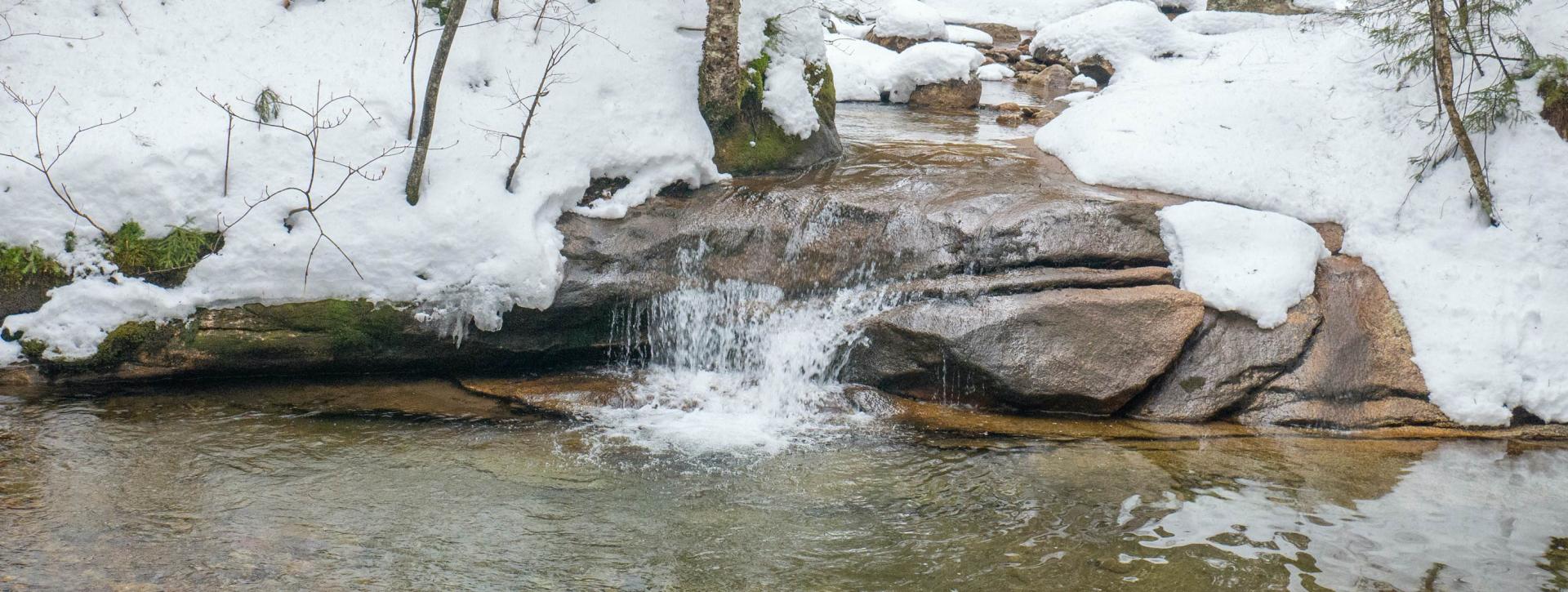
Snow Drought Impacts
Regions that receive a great deal of their precipitation in the form of snow face a number of challenges when snow droughts occur. The impacts of snow drought are often widespread, affecting ecosystems, reservoir levels and operations, water resource management, tourism, and winter recreation.
In spring and summer months, snow drought reduces the amount of snowpack that can be released as snowmelt. This, in turn, reduces streamflow and soil moisture, which can have impacts on water storage, irrigation, fisheries, vegetation, municipal water supplies, and wildfire. In the winter months, warmer weather can cause precipitation in mountain areas to fall as rain instead of snow. When that happens, rain can present challenges for water management and flood mitigation strategies, particularly when dealing with extreme events.
In snow drought conditions, ecosystems receive less water from snowpack, which can be disruptive or harmful to wildlife.
Snowpack is also an important source of water and snow for local economies and industries that rely on snow and water to generate revenue from outdoor activities such as skiing, rafting, and fishing.
Key Takeaways
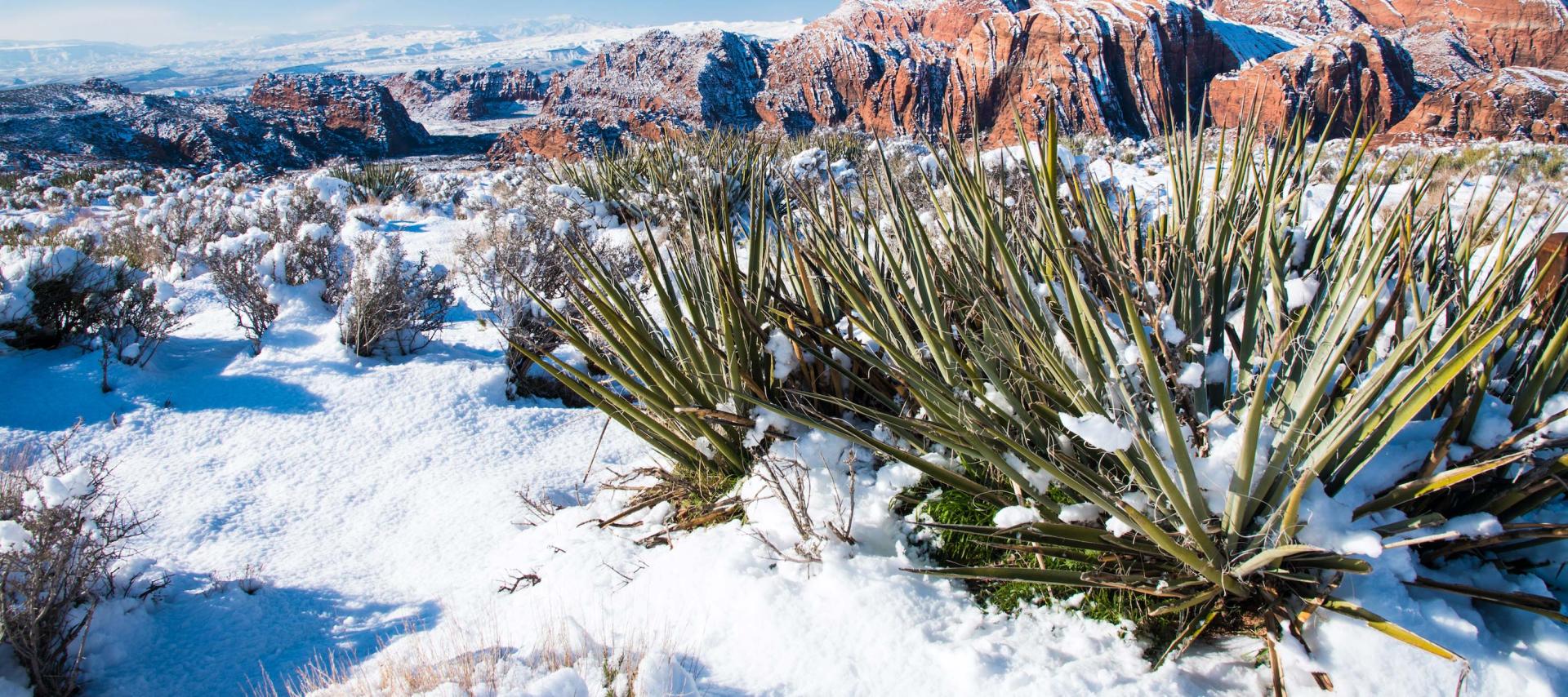
Future Snow Drought
Snowpack is a valuable metric for monitoring the impact of climate change because it is affected by changes in temperature. According to historic data of the western United States, the volume of snowpack is declining, caused by warming temperatures (National Geographic).
The largest hydrologic responses to climate change are predicted to occur in areas with significant snow accumulation. In these areas, warming increases flows in winter and advances the timing of spring runoff. The movement of water in response to climate change will depend on whether rain or snow is the dominant form of precipitation in a particular area. Other local characteristics—such as elevation, aspect, geology, vegetation, and changing land use—will also impact the movement of water in a changing climate (Third National Climate Assessment).
In a changing climate, it is predicted that rare snow drought events—those that may have historically occurred once in 500 years—will happen with increasing frequency. Climate models predict that the likelihood of snow droughts extending for two years when they emerge in the western United States may increase from 7 to 42 percent by 2078. Further, the frequency with which four-year-long snow droughts will occur is projected to increase from 0.25 to 25 percent between 2050 and 2078.
Key Takeaways
Resources
Helpful Links
National Snow Analyses
NOAA National Weather Service | National Operational Hydrologic Remote Sensing Center
National Snow Probability Forecasts
NOAA National Weather Service | National Operational Hydrologic Remote Sensing Center
Climate Engine | SNODAS
Desert Research Institute/Western Regional Climate Center, University of California Merced, and Google
Multisensor Snow/Ice Cover Maps: Northern Hemisphere
NOAA | Satellite and Information Services
Story Map: Snow Drought
USDA Forest Service | Office of Sustainability and Climate
Story Map: Snow
USDA Forest Service | Office of Sustainability and Climate
Story Map: The Snows of Alaska
USDA Forest Service | Office of Sustainability and Climate
Emerging Technologies in Snow Monitoring (PDF)
DOI | U.S. Bureau of Reclamation
Videos
Measuring Snowpack from the Sky
NASA Jet Propulsion Laboratory | Airborne Snow Observatory
NASA Investigates Water Supply in Snow
NASA Goddard Space Flight Center
NASA’s Sense of Snow
NASA Jet Propulsion Laboratory | Airborne Snow Observatory
References
Content on this page excerpted and adapted from:
Snow Drought
AMS Glossary of Meteorology
Snowpack
National Geographic Resource Library
The Fourth National Climate Assessment | Chapter 24: Northwest
U.S. Global Change Research Program
Climate Change Impacts in the United States: The Third National Climate Assessment | Chapter 21: Northwest
U.S. Global Change Research Program
‘Snow Droughts’ Are Coming for the American West
National Geographic
Projected Changes in Interannual Variability of Peak Snowpack Amount and Timing in the Western United States
Geophysical Research Letters, 46(15), 2019
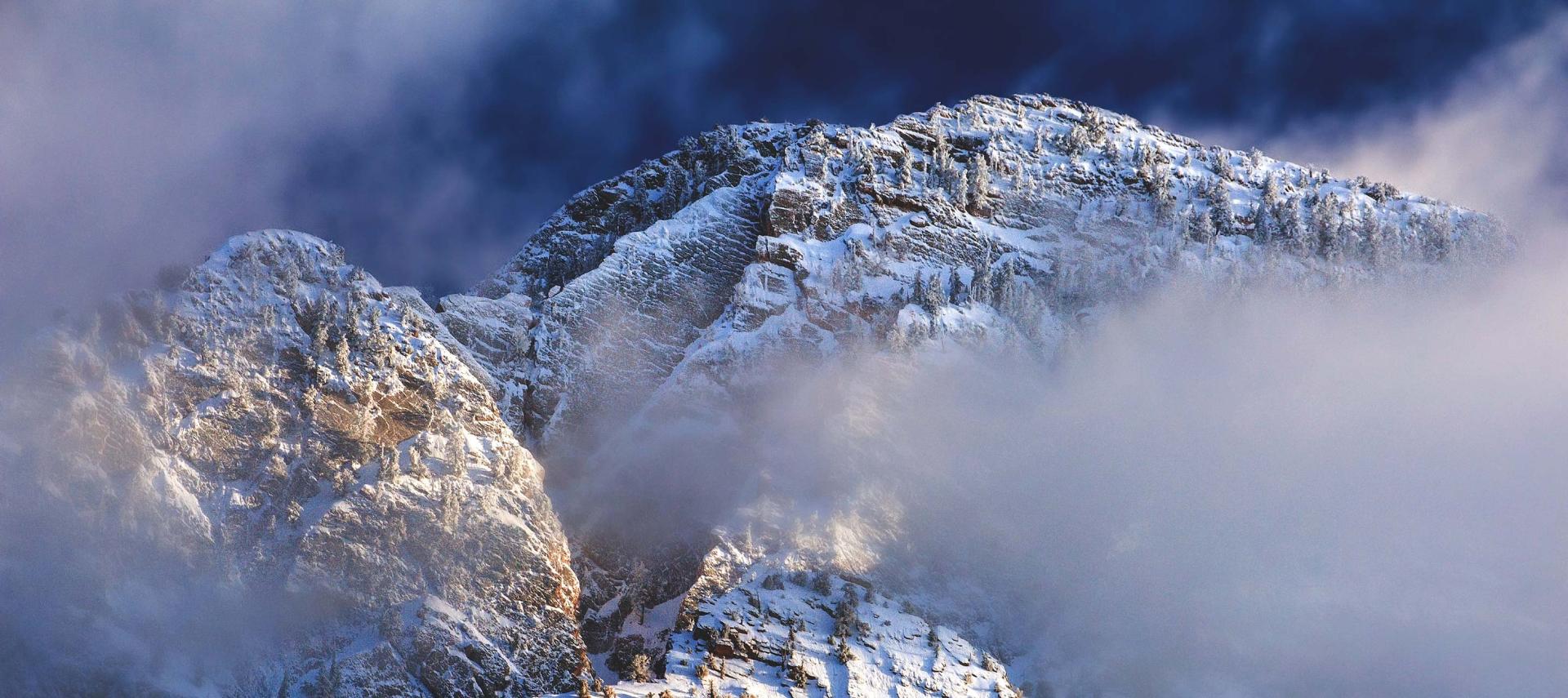
Related Content
Data & Maps | Snow Drought
A collection of tools for accessing observed and forecasted snow data, including snow and river conditions, freezing levels, streamflow and water supply forecasts, ice cover, reservoir storage, and more.
By Sector | Water Utilities
In snow drought events, reduced snowmelt impacts the supply of water to surrounding areas during warm months.
By Sector | Recreation & Tourism
Many local economies and industries rely on snowpack and river flows from snowmelt to support their outdoor industries, such as skiing, rafting, and fishing.
The Great Western Snow Drought of 2015
The winter of 2015 brought unusually warm temperatures to the western United States and serves as a classic example of how warm temperatures can cause snow drought. By April 1, not a single basin in the West was above 86% of median snow water equivalent—and most basins in Washington, Oregon, California, Nevada, Utah, and Arizona were below 40%.
